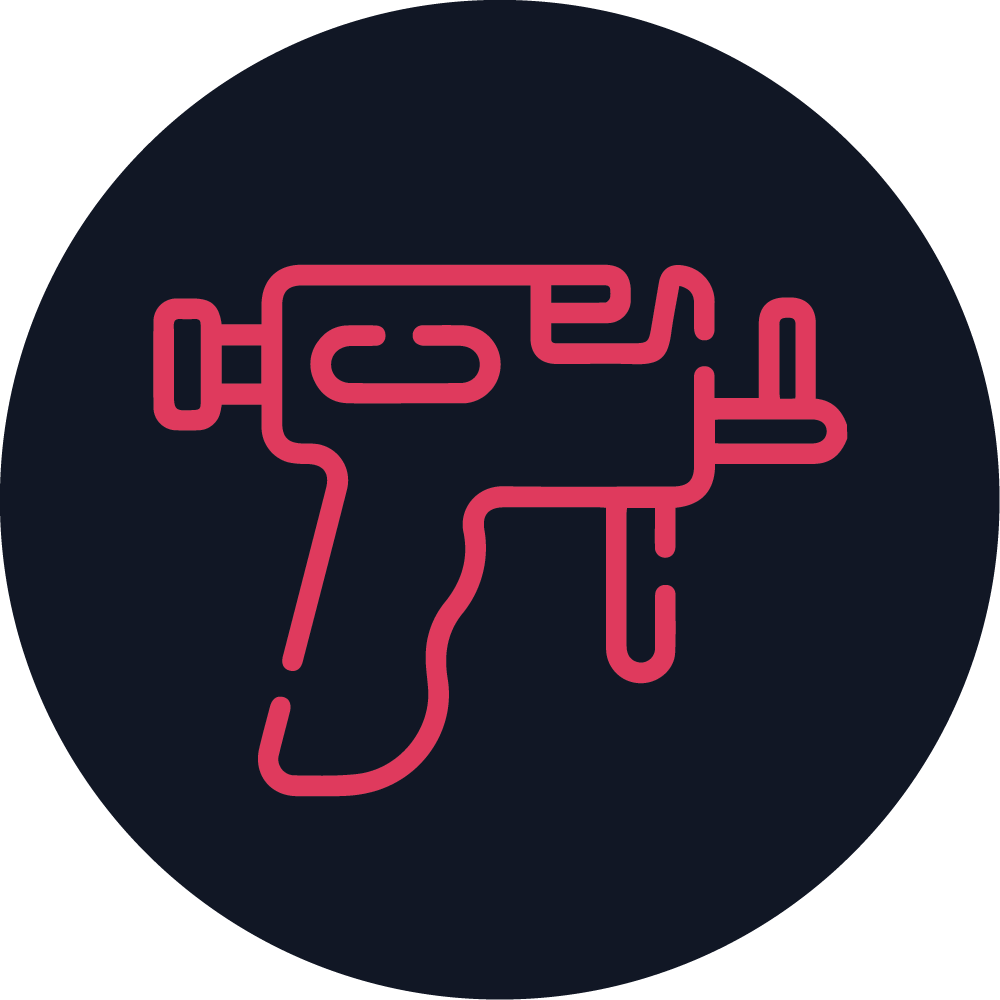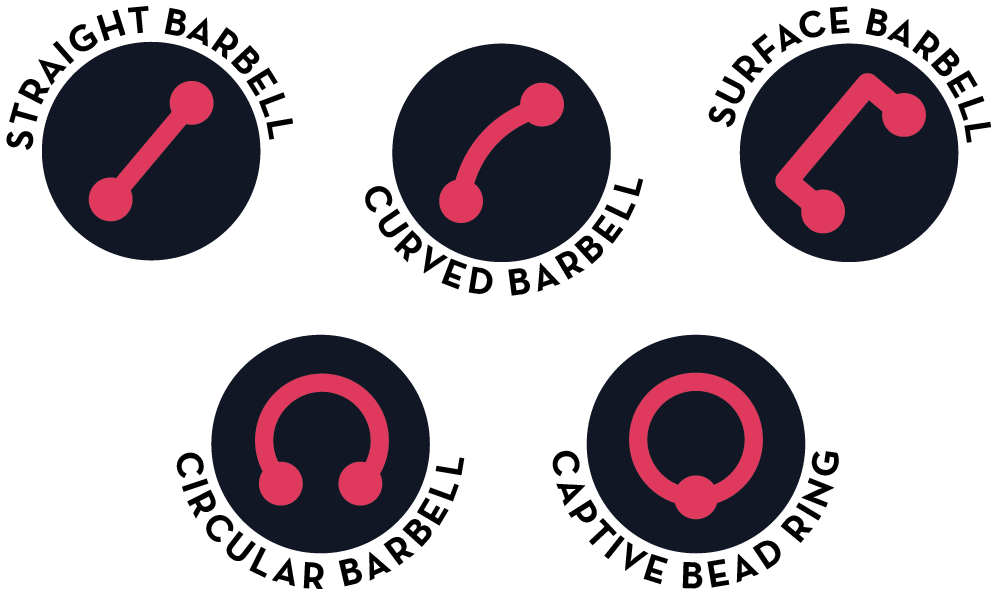Piercing 101
A Quick Rundown
What is Piercing?
According to the Association of Professional Piercers (APP), the act of piercing is the insertion of an ornament into a perforation made in body tissue for decorative, cultural,and/or spiritual reasons. Safe piercings are done with hypo-allergenic jewelry, which are made of the following metals: surgical stainless steel (316L & 316LVM), titanium, niobium, 14K/18K gold, and platinum.
Tools

Piercing Needle
A one-time use hollowed needle. This is recommended for piercing due to its sterility and non-traumatic impact on tissue: the needle creates a precise crescent puncture and stretches the skin so the jewelry can go through the hole.

Piercing Gun
A tool that uses enormous pressure to force the piercing through the skin. It is not recommended to get pierced with a gun, because it cannot be properly sterilized due to its plastic make and is suscept to contamination. It can cause significant tissue damage from its method of piercing.
Jewelry

Where Can I Be Pierced?
Piercings can be placed anywhere on the body where there is sufficient skin, cartilage, and body tissue; placements range from the head, chest, back, and even genitals. In Explore Piercings, only the more “conventional” or “common” piercing placements will be covered— the face (eyebrows, nose, lips) and ears. Feel free to explore more uncommon body piercings in your own time if it intrigues you! If you are interested in getting pierced, seek out APP-associated piercing studios or stores.